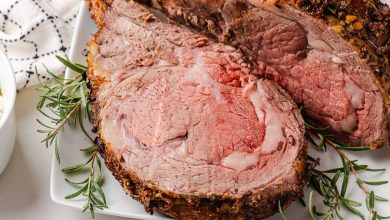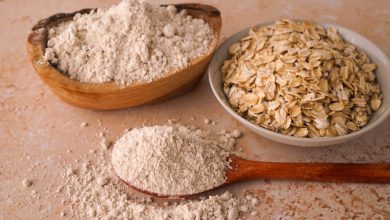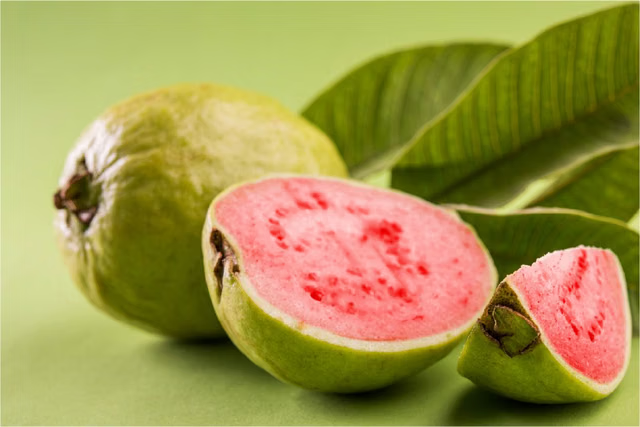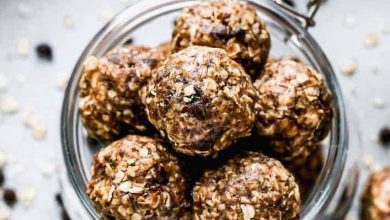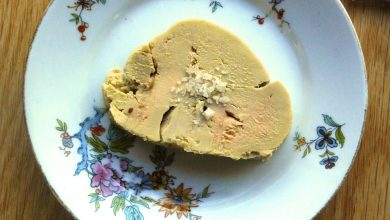Watercress (Raw) – Nutritional Information & Benefits
Watercress is a leafy green vegetable that has long been valued for its rich nutritional profile and distinct peppery flavor. Often used in salads, soups, and sandwiches, watercress adds a refreshing and slightly spicy taste, making it a versatile ingredient in many dishes. But beyond its culinary uses, watercress is also packed with health benefits, offering an impressive array of vitamins, minerals, and antioxidants.
Here is a detailed look at the nutritional breakdown and benefits of raw watercress:
Nutritional Information (per 100g of Raw Watercress)
| Nutrient | Amount |
|---|---|
| Energy | 11.0 kcal |
| Protein | 2.3 g |
| Fat | 0.1 g |
| Saturated Fat | 0.027 g |
| Carbohydrates | 1.29 g |
| Fiber | 0.5 g |
| Sugar | 0.2 g |
| Calcium | 120.0 mg |
| Iron | 0.2 mg |
| Magnesium | 21.0 mg |
| Phosphorus | 60.0 mg |
| Potassium | 330.0 mg |
| Sodium | 41.0 mg |
| Zinc | 0.11 mg |
| Copper | 0.077 mcg |
| Manganese | 0.244 mg |
| Selenium | 0.9 mcg |
| Vitamin C | 43.0 mg |
| Thiamin (Vitamin B1) | 0.09 mg |
| Riboflavin (Vitamin B2) | 0.12 mg |
| Niacin (Vitamin B3) | 0.2 mg |
| Vitamin B6 | 0.129 mg |
| Folate | 9.0 mcg |
| Vitamin B12 | 0.0 mcg |
| Vitamin A | 160.0 mcg |
| Vitamin E | 1.0 mg |
| Vitamin D2 | 0.0 mcg |
Health Benefits of Watercress
1. Rich in Vitamins and Minerals
Watercress is a powerhouse of essential nutrients, especially Vitamin C, Vitamin A, calcium, and iron. These nutrients contribute to maintaining healthy skin, boosting the immune system, and supporting bone and blood health.
- Vitamin C plays a key role in enhancing immune function and collagen production, making watercress an excellent food for skin health.
- Vitamin A is vital for vision, skin, and cellular health, while calcium supports strong bones and teeth.
- Iron and phosphorus contribute to red blood cell production and overall energy levels.
2. High in Antioxidants
The antioxidants in watercress, including Vitamin C and Vitamin E, help protect the body from oxidative stress caused by free radicals. This protection can reduce the risk of chronic diseases, including heart disease and cancer.
3. Supports Bone Health
With a significant amount of calcium, magnesium, and phosphorus, watercress helps promote bone strength and mineral density. These nutrients are essential for maintaining healthy bones and preventing conditions like osteoporosis.
4. Good for Cardiovascular Health
Watercress contains potassium, which is essential for regulating blood pressure. It also has a very low calorie and fat content, making it heart-healthy. Its high fiber content helps reduce cholesterol levels, contributing to overall cardiovascular well-being.
5. Promotes Digestive Health
The fiber content in watercress supports healthy digestion by improving bowel regularity and preventing constipation. Additionally, its ability to support gut health can help in the prevention of digestive disorders.
6. Skin Health and Anti-Aging Properties
The combination of vitamins, minerals, and antioxidants in watercress makes it an ideal food for skin health. Vitamin C promotes collagen production, essential for youthful, smooth skin, while Vitamin A helps with cell turnover and can reduce the appearance of fine lines.
Dietary Preferences and Allergens
Dietary Preferences
Watercress is an excellent choice for various dietary preferences, including:
- Vegan: It is plant-based and suitable for all vegan diets.
- Vegetarian: Ideal for those following a vegetarian lifestyle.
- Gluten-Free: Naturally gluten-free, making it safe for individuals with celiac disease or gluten sensitivity.
- Low-Carb: It contains a very low level of carbohydrates, making it a good choice for low-carb diets, such as keto or paleo.
Allergen Information
Watercress is considered safe for most individuals and is not known to cause common allergens. However, like any food, some individuals may have a sensitivity to it, especially those who are allergic to other cruciferous vegetables like mustard or radish. Always exercise caution and consult a healthcare provider if you have concerns regarding allergies.
How to Use Watercress in Your Recipes
Watercress is incredibly versatile and can be incorporated into a wide variety of dishes. Here are some ideas for using it in your meals:
- In Salads: Fresh watercress adds a peppery flavor to salads and pairs well with other leafy greens like spinach and arugula. Add a light vinaigrette or a squeeze of lemon for an extra burst of flavor.
- As a Garnish: Use watercress as a garnish for soups, sandwiches, or even roasted meats. Its fresh, vibrant color and flavor can brighten up any dish.
- In Smoothies: Blend watercress into your favorite smoothie for a nutritious, green boost. Its mild taste pairs well with fruits like apple, pear, or pineapple.
- In Soups and Stews: Watercress can be added to soups and stews near the end of cooking, just like spinach or other leafy greens. It will wilt down and infuse the dish with its distinct flavor.
Conclusion
Watercress is a nutritious, low-calorie vegetable that provides a wealth of health benefits, from supporting your immune system to promoting cardiovascular and bone health. Its versatility in the kitchen, combined with its impressive nutrient content, makes it an ideal addition to a balanced diet. Whether used in fresh salads, savory soups, or blended into smoothies, watercress is a flavorful and healthy option for any meal.
So, next time you’re looking to add a nutritious green to your dish, reach for watercress, and enjoy its vibrant taste and numerous health benefits.



